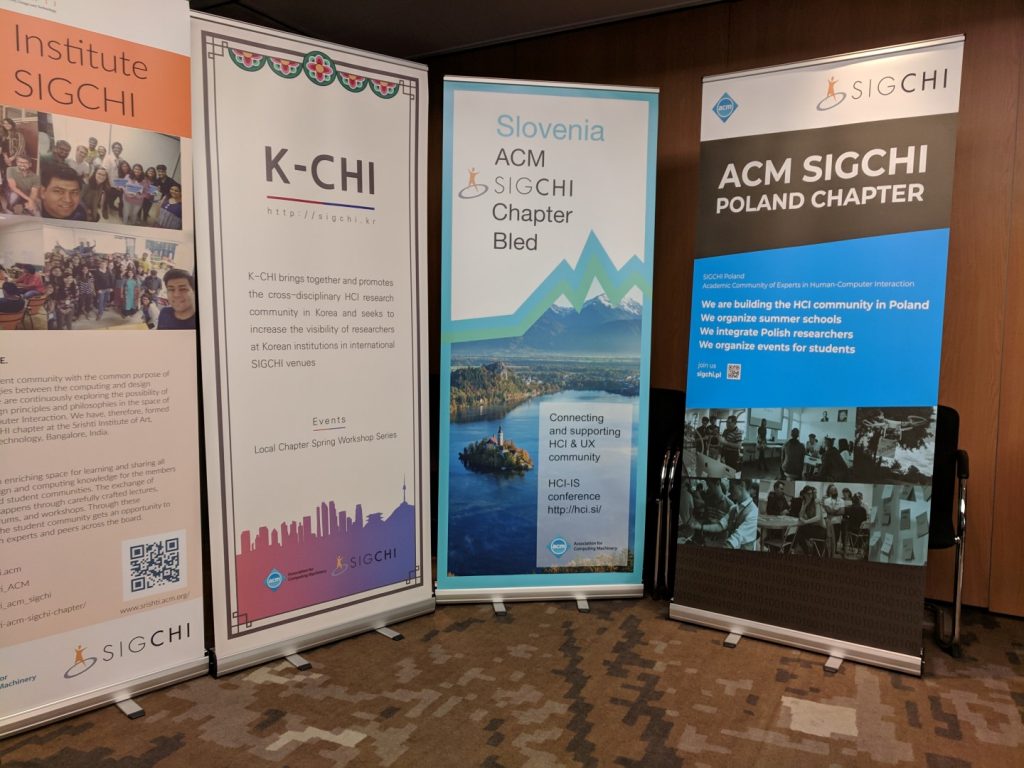Izobraževalni tečaj, 25. 10. 2018, 15:00 – 18:00
Institut “Jožef Stefan”, Jamova cesta 39, Ljubljana
V okviru projekta TETRAMAX organiziramo uvodni tečaj testiranja uporabnosti ob upoštevanju uporabniško usmerjenega snovanja izdelka/aplikacije. Rezultati testiranja so koristni predvsem pri določanju funkcionalnosti novih produktov v zgodnji fazi načrtovanja ter pri odkrivanju morebitnih napak in pomanjkljivosti ciljnega izdelka/aplikacije.
Brezplačna prijava
Testiranje uporabnosti se izvaja pri uporabniško usmerjenem snovanju proizvoda in praviloma poteka v več fazah. Posamezna faza se običajno večkrat ponovi, tako da se upoštevajo pripombe uporabnikov. Testiranje/izboljševanje se na nivoju posamezne faze ponavlja toliko časa, dokler ne dosežemo zastavljenih ciljev.
Začetna faza testiranja ima obliko raziskovalne študije (angl. exploratory study), v okviru katere se ugotavlja, ali uporabnik razume in zna uporabljati posamezne funkcije testiranega objekta. Ob tem se beleži tudi pripombe uporabnika. Predmet testiranja je na nivoju nedelujočega prototipa, pri čemer so posamezne funkcije zgolj nakazane, ne pa še dejansko realizirane. Na osnovi rezultatov testiranja se izboljšuje prototip (spreminjajo se njegove funkcije, vizualni izgled in podobno). Naslednja faza je ocenjevalni test (angl. assessment test). Tu ima uporabnik že na razpolago delujoč prototip testiranega objekta. Za dano nalogo se beležijo podatki o uspešnosti izvajanja (v kolikem času je bila naloga opravljena, po kakšnem vrstnem redu opravil je bila naloga opravljena, in podobno). Večina rezultatov te faze testiranja je empirične narave. V tretjo fazo spada verifikacijski test (angl. verification test), katerega namen je izmeriti učinkovitost (kako dobro) in efikasnost (v kolikšnem času) delovanja danega produkta. Sem spada tudi primerjalni test s sorodnimi produkti konkurence.
Brezplačna prijava
Vsebina tečaja:
- Opredelitev pojma “uporabnost” po standardu ISO 9241-11: Guidance on Usability
(1998)
- Podrobnejši opis izvedbe raziskovalne študije, ocenjevalnega testa in verifikacijskega testa
- Določitev metrike za ovrednotenje rezultatov testiranja
- Opis plana za izvedbo testiranja uporabnosti in navedba podporne dokumentacije
- Opis primera iz prakse
Predavatelja:
Franc Novak, Institut “Jožef Stefan”
Špela Poklukar, Ektimo d.o.o.
Predavanje bo v slovenščini. Kotizacije ni.





